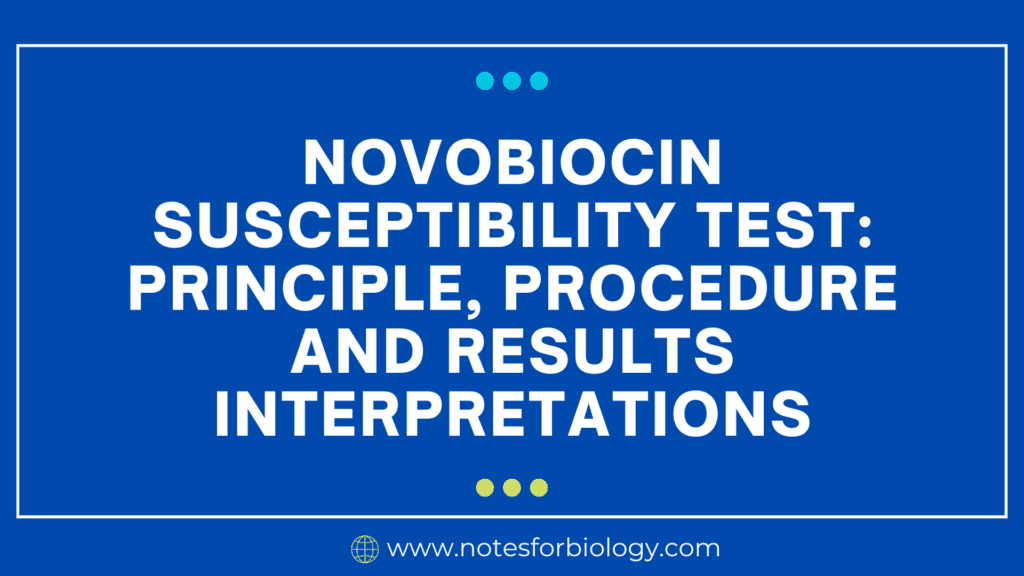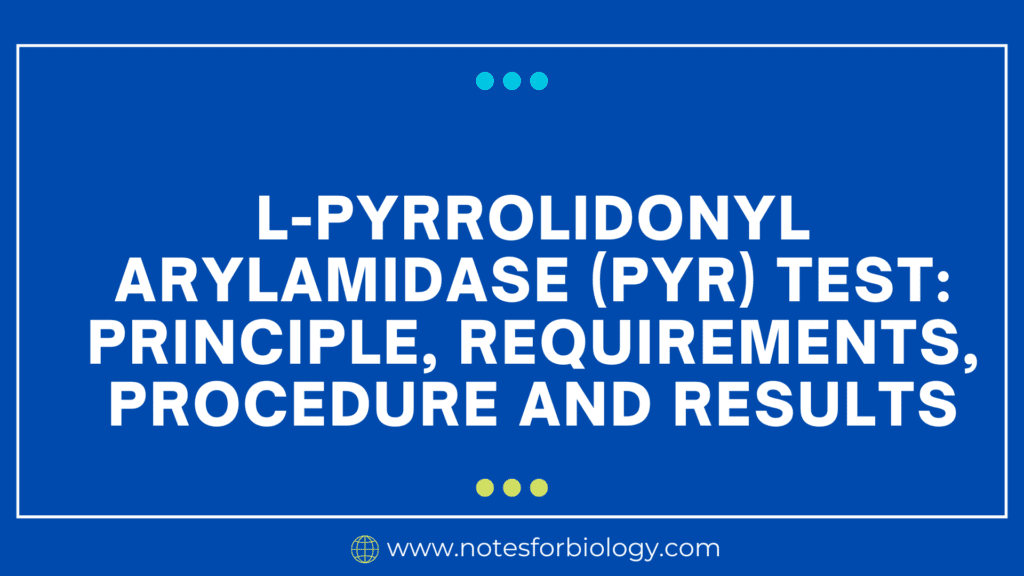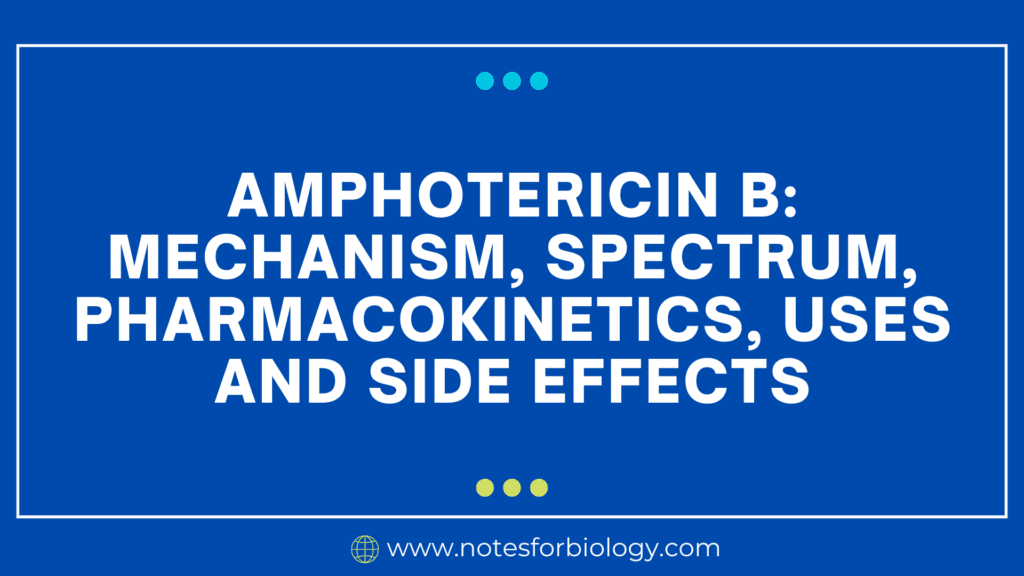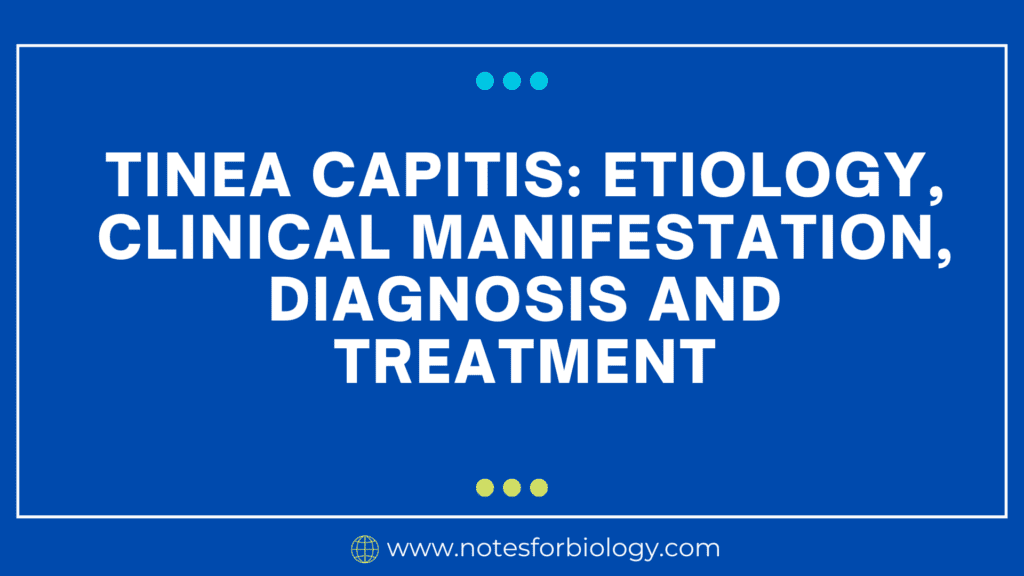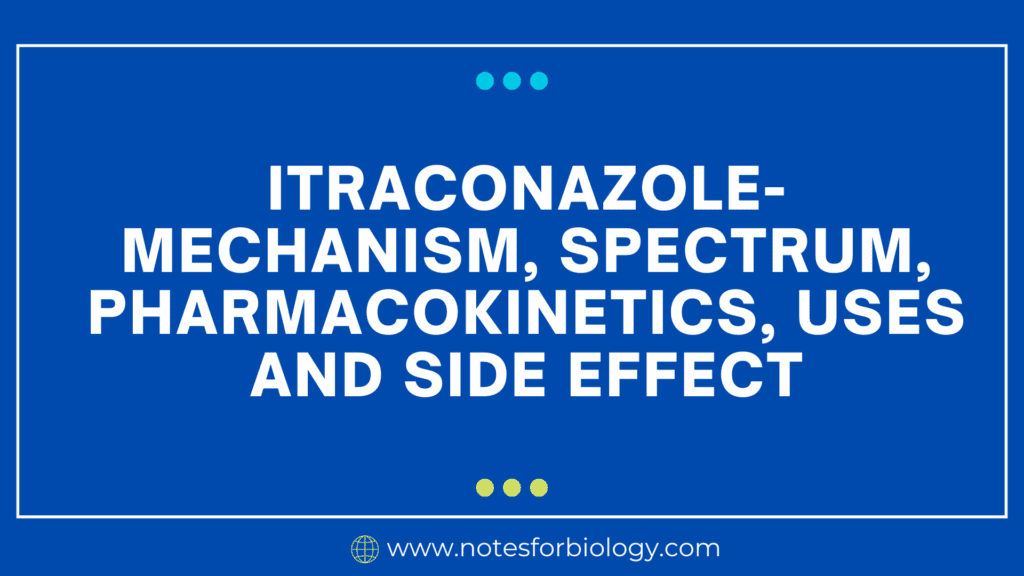Novobiocin susceptibility test: Principle, Procedure and Results interpretations
Novobiocin susceptibility test is primarily used to distinguish between species of coagulase-negative staphylococci, specifically Staphylococcus saprophyticus, which is novobiocin-resistant, from other coagulase-negative staphylococci, such as Staphylococcus epidermidis, which is novobiocin-sensitive. Novobiocin susceptibility test Novobiocin susceptibility test is a diagnostic process used in microbiology laboratories to evaluate if a bacterium is susceptible (sensitive) or resistant to […]
Novobiocin susceptibility test: Principle, Procedure and Results interpretations Read More »

